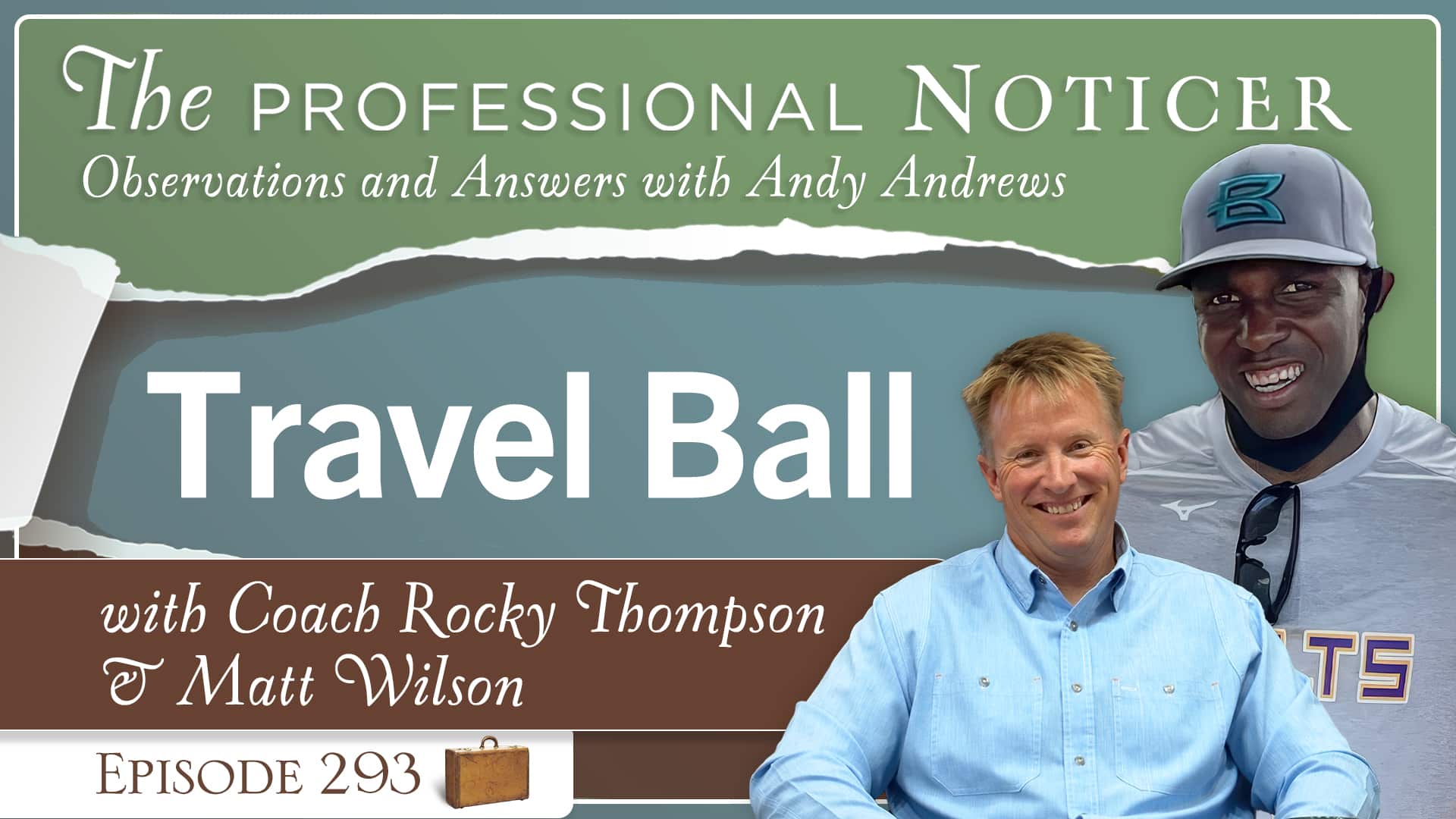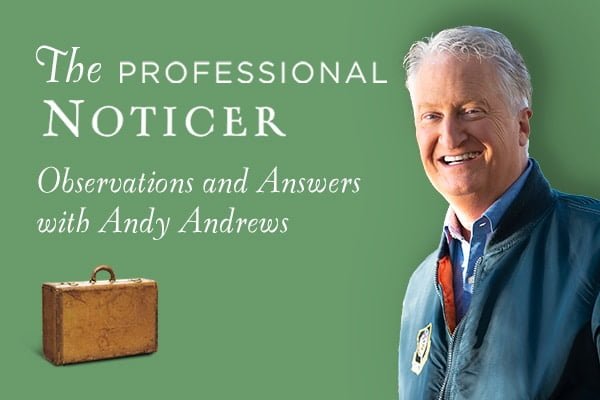We’ve known for a while that my book The Noticer is getting close to the million sales mark, but that ever increasing number has always included foreign sales. Printed in almost 20 languages, the book has been on bestseller lists all over the world. (In France, it is titled The Man Who Sees Things!)
But… Last week, my publisher gave me some astonishing news:
He called to inform me that The Noticer has now officially sold more than 500,000 copies in North America alone, giving it “Gold Book” status.
Sure, that may pale in comparison to the 1,599,189 copies Harper Lee’s Go Set a Watchman (the #1 bestselling novel of 2015) sold last year, but consider this: According to a 2012 Publishers Weekly article, the average U.S. book sells less than 250 copies per year and less than 3,000 copies over its lifetime.
It’s all about perspective, isn’t it?
It’s moments like these, however, when my mind drifts toward the questions we tend to ask immediately after experiencing the deep sense of gratitude that comes with meeting a goal…
- What would need to happen for that number to double after another seven years?
- What can I do to make the book I’m currently writing reach even more people than this one did?
- What enabled this book to reach more people than some of the others I’ve written? What really makes something achieve results wildly beyond the average?
That last question in particular is very interesting. We can all point to various achievements in our lives—whether those have anything to do with writing a book or not—and wonder what made those times different from the times when we weren’t as successful.
I’m not writing this blog post to brag about book sales—I’m writing because I think I’ve found the answer to that question.
See, The Noticer is what I call a “Sunrise Book.”
I’ll get to what exactly that term means, but before I do, I need you to look at the photograph below. Take a few seconds to really look and see if you can guess what it is before you scroll past it.

Any idea? Remember, it really is a photograph, not a painting.
I’ll give you some help. Here’s a slightly different version of the same photograph:

If you guessed “moonrise,” you’re correct!
This is a time lapse photograph of the moon rising over northwestern Indiana, taken by Purdue University student Trevor Mahlmann. NASA recently selected it for their Astronomy Photo of the Day for June 25, 2016.
It’s such an amazing image that it makes you wonder…why do sunrises seem to hog all the credit? Why do we talk about them so much more than moonrises?
(File “Boy, that sure was a beautiful moonrise last night, wasn’t it, Steve?” under sentences you’ll never hear.)
Both events take place every day. Most people aren’t even awake when the sun is rising!
It seems like an interesting question…until you actually look at a picture of a sunrise:

Ah, yes—now I remember why we talk about moonrises less!
Notice how you can’t even see the sun…yet everything around it has been transformed. The water, the clouds, the sky—all of these things are cast in an entirely different light. And in another 10 minutes, they’ll look totally different.
You can even look in the complete opposite direction from which the sun is rising and still see its effect.
The moon, on the other hand, has little effect on the sky as it rises. Although the above photographs show that its color can change dramatically, the same cannot be said for its surroundings.
Moonrises, at the end of the day (no pun intended), simply aren’t as noticeable.
So…what do pretty pictures of sunrises and moonrises have to do with The Noticer selling 500,000 copies?
Plenty of books are powerful enough to inspire people on an individual level, to open them up to a new idea, to encourage them, to entertain them.
But every now and then, books come along that not only change the reader—they inspire them to spread that change to others.
These are what I call “Sunrise Books.” Whether you come into contact with readers of these books or not, the Butterfly Effect their actions create impacts you.
Maybe they were so inspired that they can’t help but pass along copies to their closest friends (who in turn ended up doing the same thing). Maybe the book helped them double their output at work, enabling their company to reach new markets. Maybe it helped them become better spouses and parents, thus impacting lives for generations.
It doesn’t just change them—it changes their surroundings.
Sunrise Books remind me of the old Buckminster Fuller quote:
“If you want to teach people a new way of thinking, don’t bother trying to teach them. Instead, give them a tool, the use of which will lead to new ways of thinking.”
Sunrise Books are tools readers can use to create more.
The Sunrise Principle
This sunrise concept doesn’t only apply to books. If you look around, you’ll also notice:
- Sunrise Employees: The folks around the office who not only perform well as individuals, their mere presence seems to lift the entire company. Their impact is felt even when they are not in the room.
- Sunrise Teammates: In the sports world, they’re often called “glue guys.” Simply put, when they’re on the floor or the field, you don’t even have to notice their performance to see that all of their teammates are playing better.
- Sunrise Parents: These moms and dads understand that teaching their children how to think rather than what to think allows their positive influence to remain with their children long after they’ve left the nest.
- Sunrise Businesses: These businesses offer such a superior product and customer experience that you’ll often hear about their product or service from raving customers long before you ever come into contact with the business itself.
- Sunrise Communities: You don’t have to see a sign or water tower to notice you’ve entered one of these towns or cities. You can feel the difference in the people, the attitudes, the atmosphere.
What can you “sunrise” that you’re working on right now? Whether it’s a project or some aspect of your life, I promise you can find something.
So…what will you apply the Sunrise Principle to in your life this week? Tell me in the comments below and let’s start a conversation.




